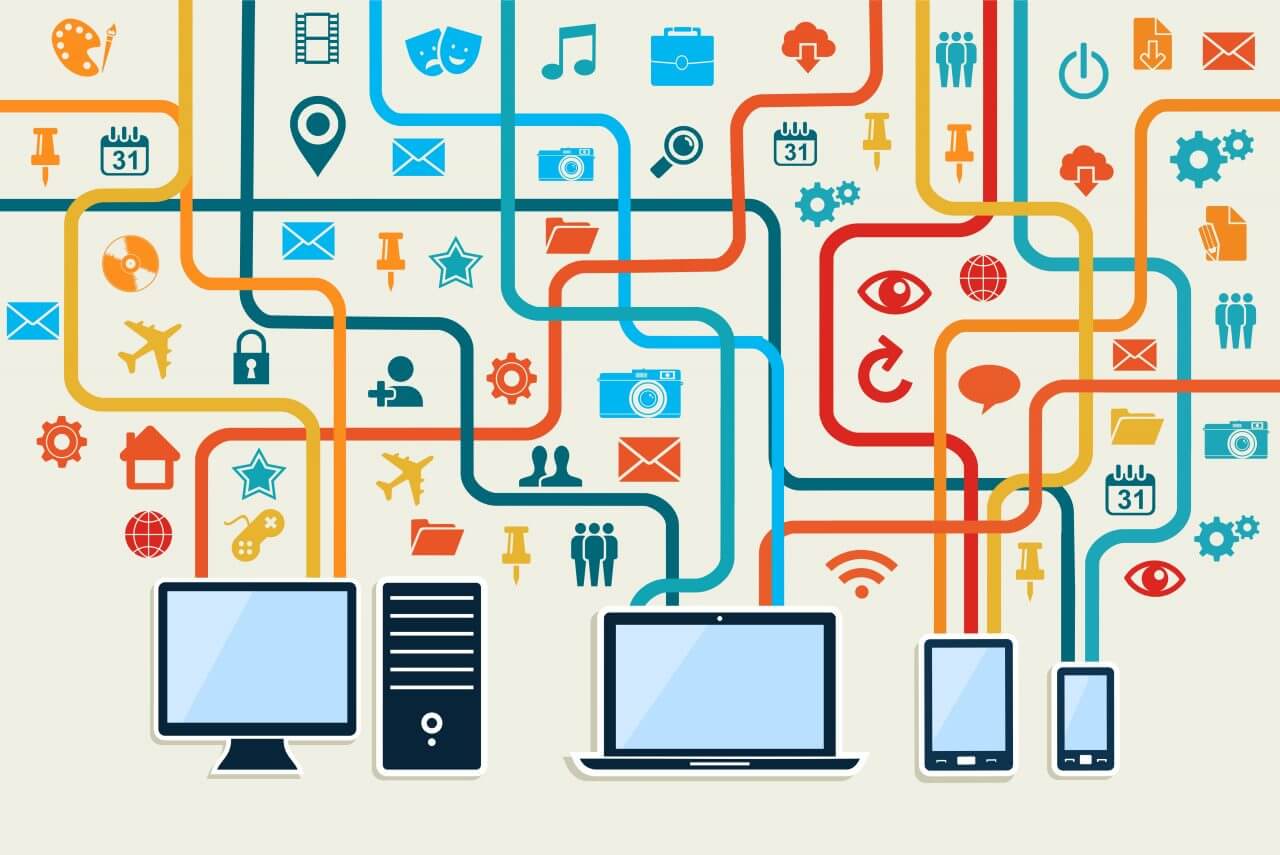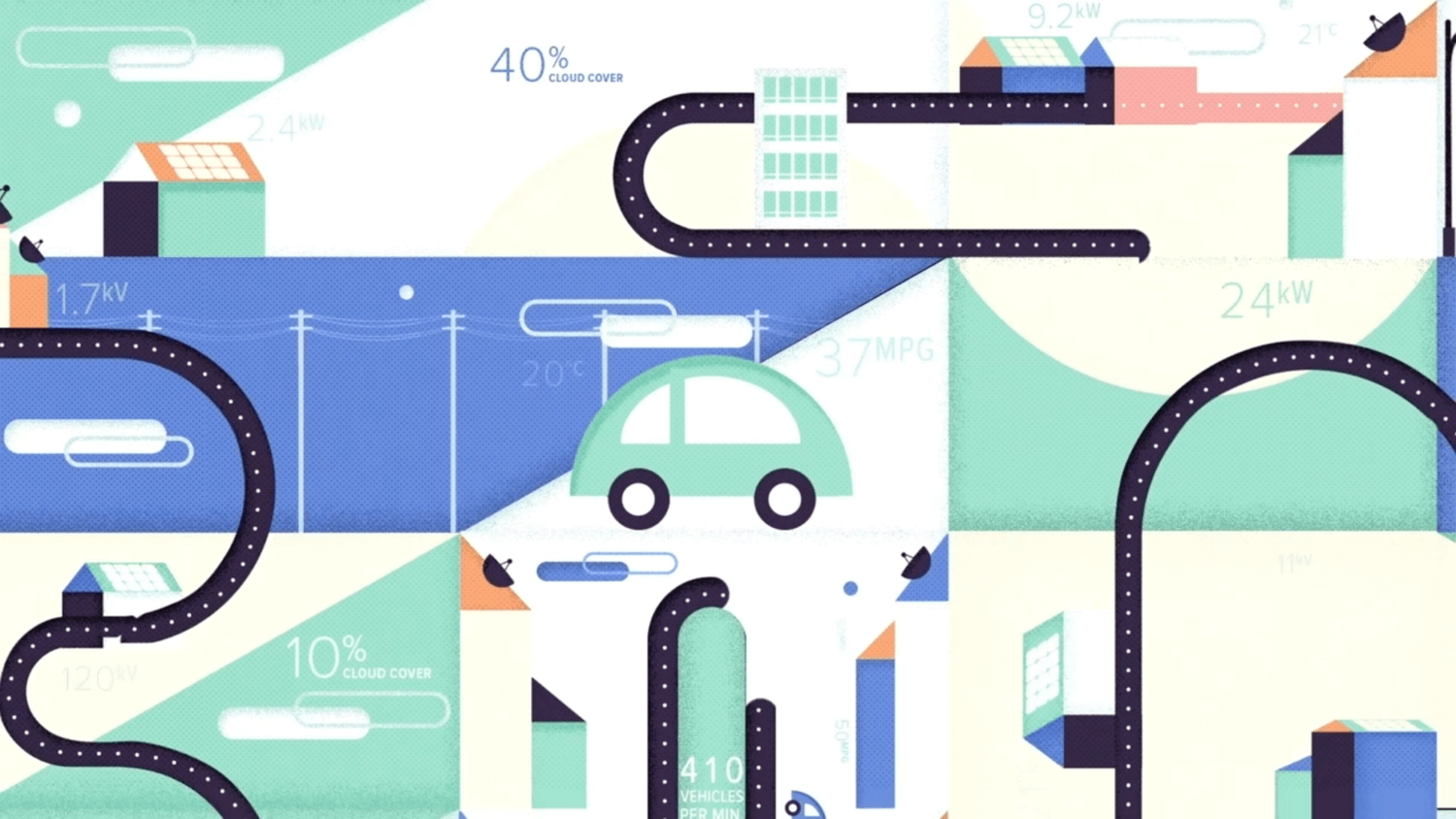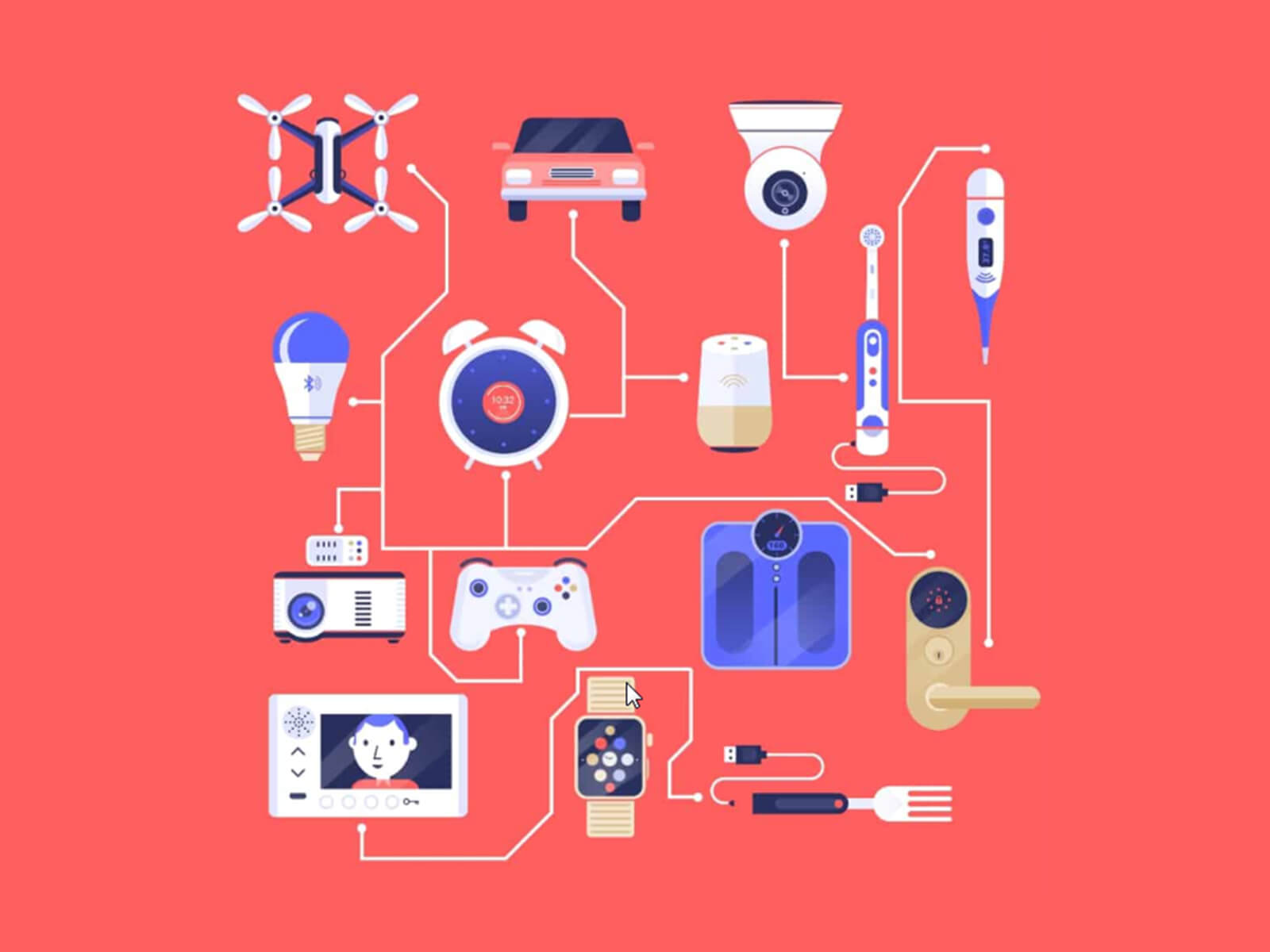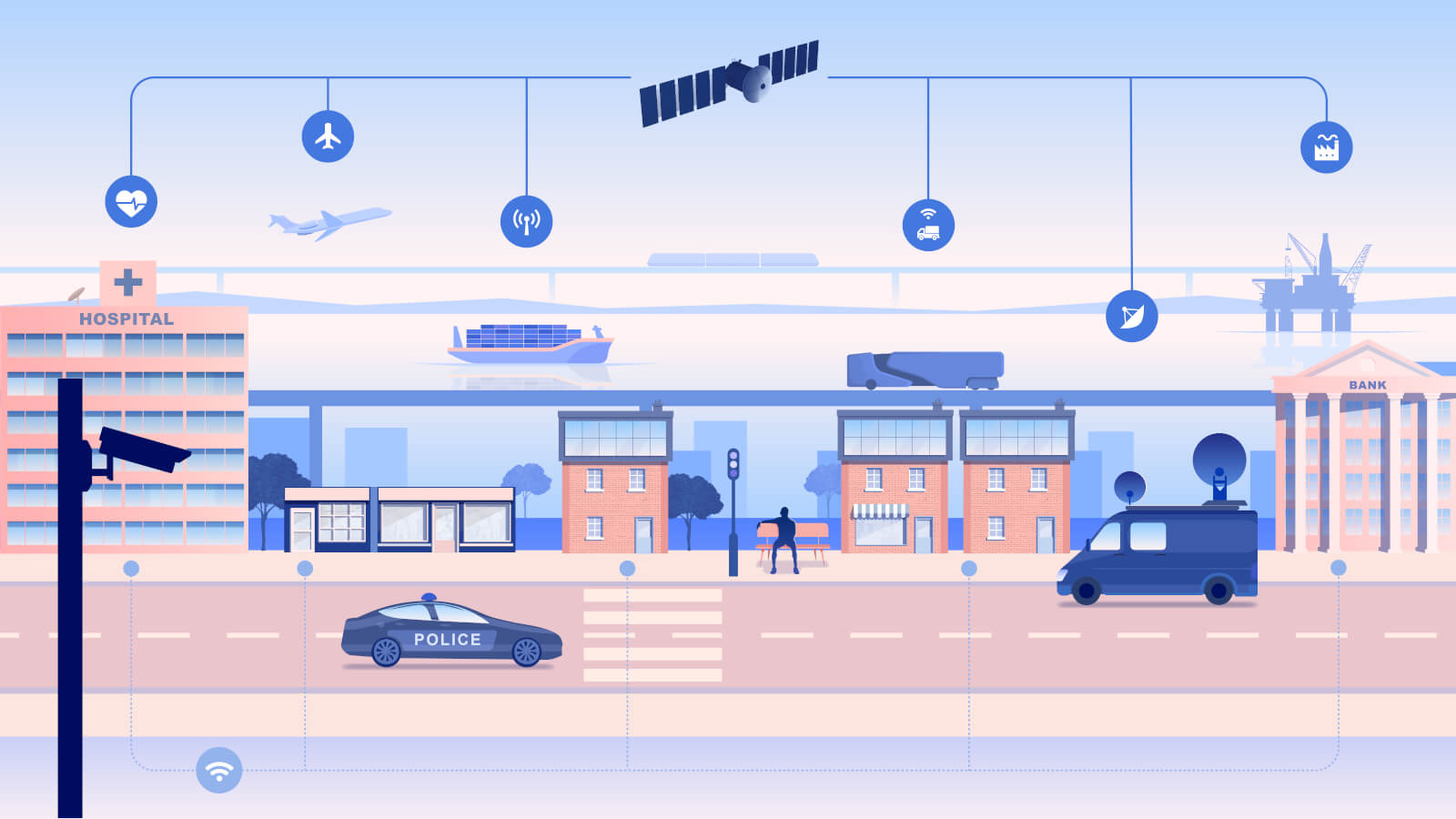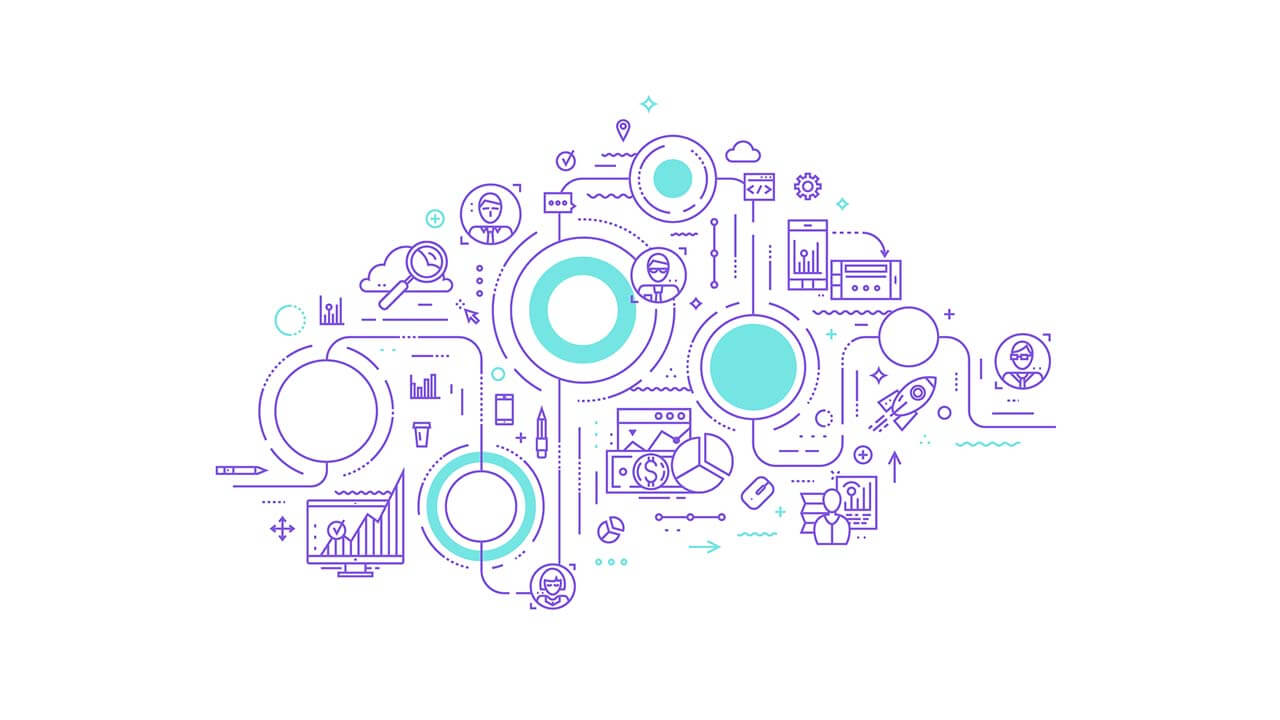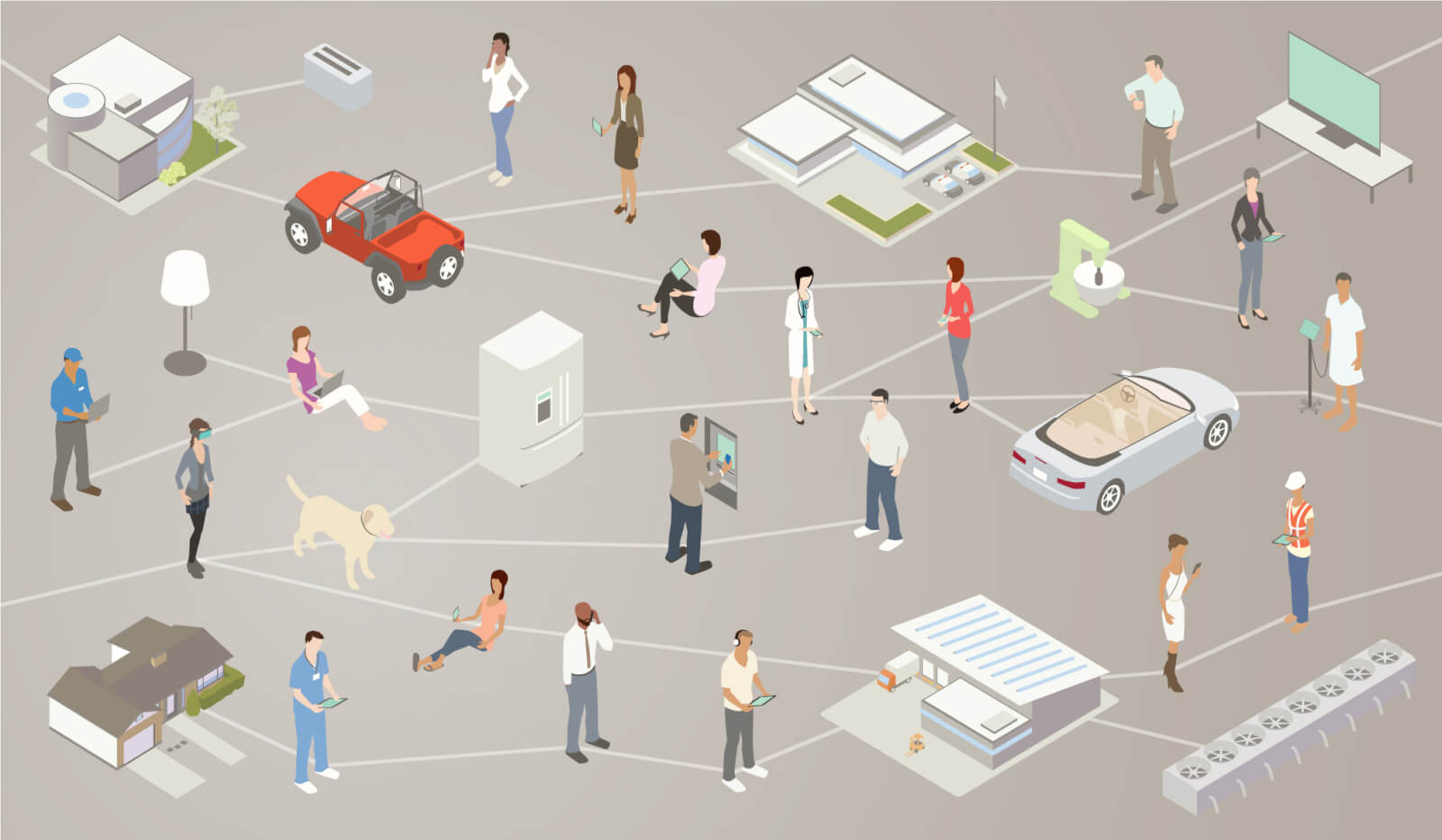 The all-encompassing nature of the Internet of Things (IoT) is its biggest strength. And it’s unlocking an era of better-connected data than ever before. Because IoT connects multiple data generation sources, data centers, cloud technologies, and products like drones, robotics, and sensors, we’re approaching an age of truly abundant information.
The all-encompassing nature of the Internet of Things (IoT) is its biggest strength. And it’s unlocking an era of better-connected data than ever before. Because IoT connects multiple data generation sources, data centers, cloud technologies, and products like drones, robotics, and sensors, we’re approaching an age of truly abundant information.
It’s estimated that by 2020, we’ll have over 50 billion connected devices that will create over 600 zettabytes of data! With that being said, it’s no surprise that IoT applications will eventually work together and form the Internet of Everything. Let’s take a look at what this entails.
Augmenting Our Reality in More Detail
Augmented reality (AR) hasn’t hit most households yet, but it’s coming. We’ll be able to plug our phones into our headsets, play virtually with our friends across the world, and so much more with this technology. Thanks to the incorporation of more sensors with each iteration, AR headsets will come with multiple forward-facing cameras that record everything at below-millimeter resolution.
This trend of packing more sensors into each new iteration is something that’s been happening with nearly every digital device that interfaces with the physical world. It’s because sensors comprise a growing number of features on connected devices such as face recognition or fingerprint scanners. And the more sensors you have, the more enriched your experience can be.
By the end of 2020, the 50 billion connected devices we mentioned earlier will connect 1 trillion sensors into the IoT landscape. Sensors on smartphones double every four years, meaning our smartphones will have 160 sensors by the end of 2027. Globally, that’ll tally up to 100 trillion sensors.
These sensors aren’t just recording data for no reason; eventually, the data generated from the sensors will get fed into a self-refining AI that is an expert on you and your interests, likes, and dislikes.
Letting Data Drive Your Car’s Decisions
Autonomous cars have become a big topic of discussion since Tesla rolled out their Autopilot feature in 2014. Intel forecasts that the autonomous driving industry will boom to $7 trillion by 2050.
These self-driving cars will record everything around them all of the time using dozens of data-generating features: cameras, LiDAR (Light Detection and Ranging), and radar sensors. LiDAR can create a 3D map of the car’s surrounding environment using lasers to detect objects relative to the car.
Velodyne is a LiDAR market leader; its VLS-128 technology can generate almost 9.6 million data points in one second. Tesla, on the other hand, is avoiding LiDAR in favor of a strategy utilizing radar, ultrasonic, and camera technology.
The coolest thing about self-driving cars? Their cameras will help police solve crimes by verifying alibis and recording events!
Drones in IoT
Drones are a major component of many IoT applications. They easily connect to a network, fly over a large range from their home base, and can communicate with each other when close enough. It’s easy to see how drones are already helping farmers, wind energy companies, geographic surveyors, and many more groups.
This technology can also work towards autonomy faster than a car can. The Department of Transportation says that over 1 million drones were officially registered with the FAA as of 2018. The FAA further estimates that 7 million drones will be officially registered in North America by 2020.
A small fleet of drones can create up to 100 terabytes of data daily from cameras, video footage, and sensors.
This technology and its data have been used by firefighters and emergency workers since 2017 to bring aid to affected communities faster and more accurately. They can also help look for downed power lines, damage, and non-evacuated residents.
As drone usage increases privately and in the government, we expect that drone laws will become less restrictive over time. For example, in October 2018, the U.S. government announced that they’re going to start working with companies to deploy larger drone fleets under more lax flight restrictions.
See the Stars with IoT
Several private companies are working to bring 5G to the whole world using satellites that beam this technology from space. These micro-satellite constellations from OneWeb consist of hundreds of satellites, while SpaceX’s configuration involves 12,000 satellites.
Micro-satellite constellations aren’t only great for bringing 5G to the world, though. They’re perfect for increasing flexibility in the Internet of Things with high-definition cameras and light-speed communication lines.
In August of 2017, we had almost 1,800 operational satellites orbiting our planet. Of those, 742 were communications-related, almost 600 were used for observing the Earth, and the last 100 satellites were in use for navigation.
But as rocket launches become more commonplace, launching small satellites into space is no longer an expensive venture. As a result, we’re seeing more and more operational satellites getting launched into orbit.
San Francisco-based company Planet Labs is developing satellites that are the size of a milk carton. These small satellites are paving the way for many industries to generate data faster and more efficiently. Planet Labs currently has over 175 satellites in orbit, and these satellites can take photos of any place in the world with 3.72-meter resolution.
Planet Labs has also created another satellite, called SkySats. These can reach up to 72-centimeter resolution, record video, and generate 3D models for Google Maps.
We Invent the Future
We’ve gone over four examples of IoT innovation, from virtual reality devices all the way up to satellites orbiting the Earth. These IoT applications exemplify the fact that IoT is connecting the world in profound, unprecedented ways. In turn, this is opening up new avenues for novel innovation.
These applications point to a more hopeful future, one where we’ll finally have the wherewithal to overcome almost any task that faces us. Solving them just requires connecting and acting upon the right data points at the right time.
What’s your favorite IoT application so far? Let us know in the comments below!
